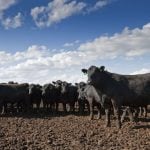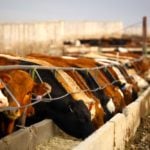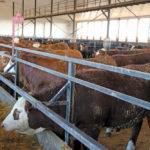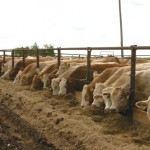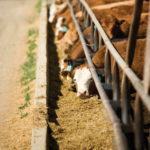Little did Dale Goetz know that his idea for weaving treads from old tires into mats to prevent cattle injuries in high-slip areas at the family’s feedlot would eventually become the footing for Double D Family Mat Shop as well. He established the mat shop in 1995, at first hand-cutting used tires to make anti-fatigue […] Read more
